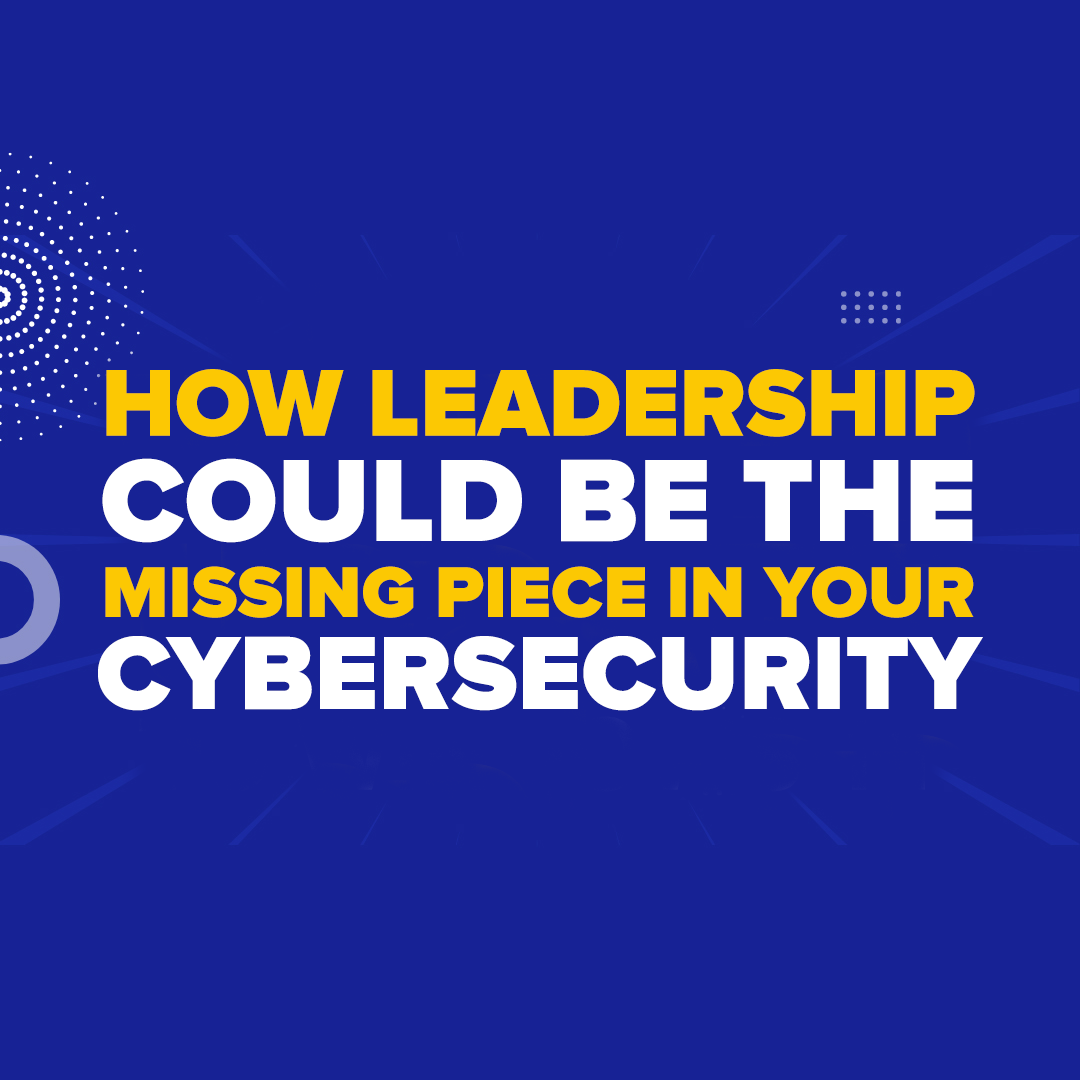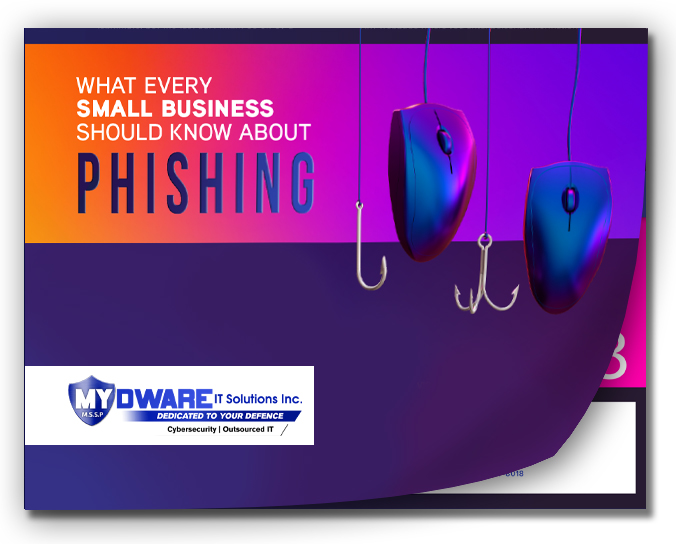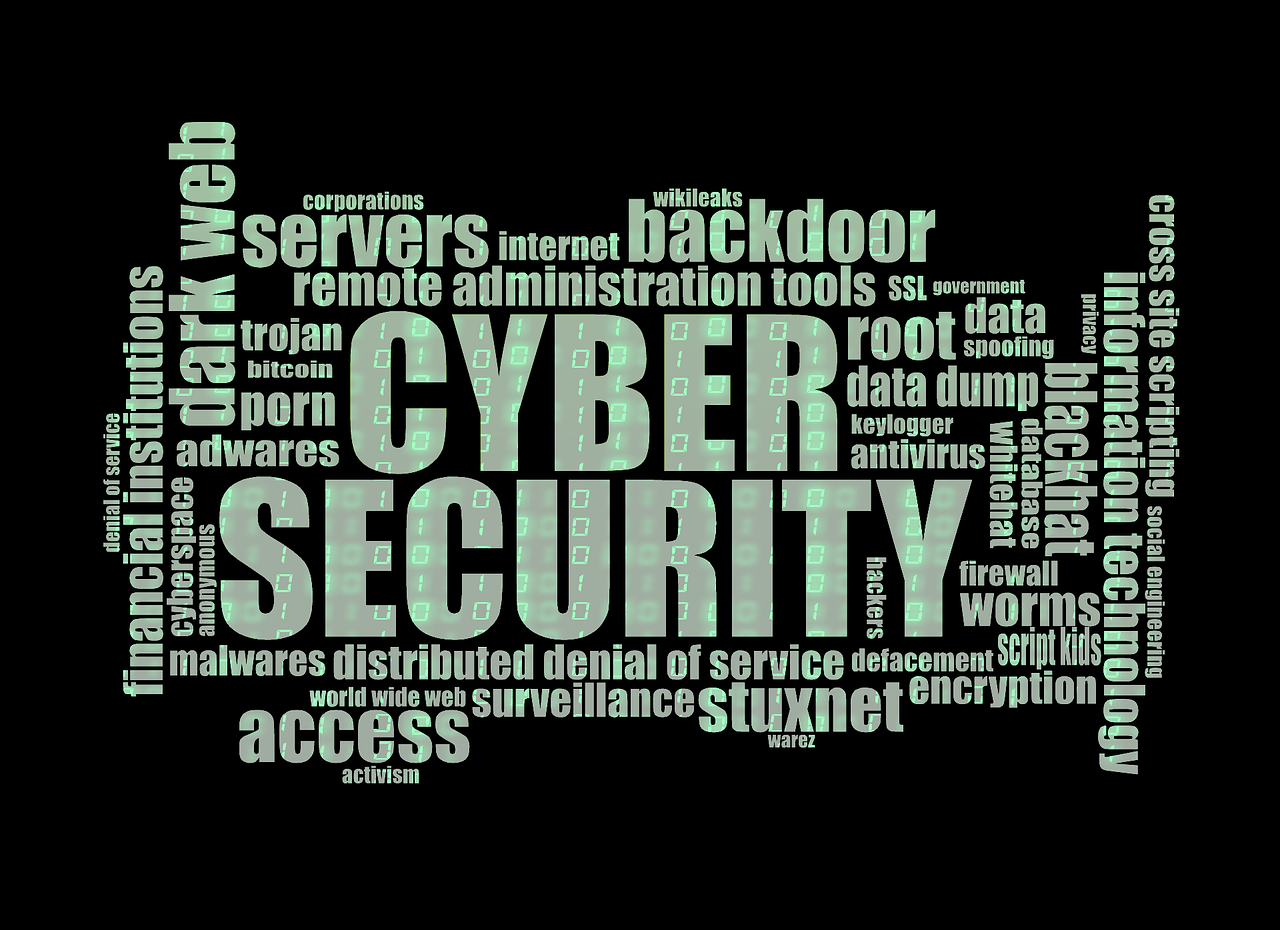 Investing in cutting-edge security tools and building an IT team is essential, but your business’s cybersecurity hinges on its weakest link—your employees. A single click on a malicious link or a poorly managed password can lead to a costly breach, no matter how advanced your defenses are. As a business leader, your role in fostering a security-first mindset among your team is more crucial than ever.
Investing in cutting-edge security tools and building an IT team is essential, but your business’s cybersecurity hinges on its weakest link—your employees. A single click on a malicious link or a poorly managed password can lead to a costly breach, no matter how advanced your defenses are. As a business leader, your role in fostering a security-first mindset among your team is more crucial than ever.
Let’s explore why leadership-driven cyber awareness matters and how it can transform your employees into your strongest defense against cyberattacks.
Why Employee Cyber Awareness Training Matters
Employee cyber awareness training equips your team with the tools and knowledge to identify and prevent common threats. With 88% of data breaches involving human error, training is not optional—it’s vital.
How Training Protects Your Business
Employee training builds their ability to:
- Spot phishing attacks: Proper training helps employees recognize suspicious e-mails, unfamiliar senders, and unsafe links. According to a 2025 cybersecurity study, well-trained employees reduce phishing-related breaches by 60%.
- Maintain strong passwords: Weak passwords are a gateway for hackers. Training ensures employees use unique, secure passwords and adopt tools like password managers.
- Identify social engineering: Employees learn to spot manipulation tactics, reducing the success rate of impersonation scams.
- Handle data safely: Training ensures employees follow best practices for data encryption and secure storage, significantly lowering risks of data leaks.
- Report suspicious activity: Educated employees feel confident to report issues, stopping small vulnerabilities from becoming major breaches.
Why Leadership Plays a Key Role in Cybersecurity
As a leader, you set the standard for your team. If you prioritize cybersecurity, your team will too.
How Leaders Can Make an Impact
- Communicate the importance of cybersecurity: Employees need clear, jargon-free communication about why security matters. Create an open dialogue for questions and feedback.
- Lead by example: Implement cybersecurity best practices at all levels, from vendor selection to remote work policies.
- Empower employees with tools: Provide access to password managers, multi-factor authentication (MFA), and regular training so your team can stay secure.
- Invest in continuous learning: Annual training isn’t enough. Cyberthreats evolve quickly, so ongoing education is essential.
- Foster shared accountability: When employees understand their role in protecting the business, they’re more engaged in cybersecurity efforts.
Building a Security-First Culture
Leadership isn’t just about policies—it’s about creating a culture where security is second nature. A security-first mindset requires ongoing effort and dedication.
Steps to Build a Strong Cybersecurity Culture
- Embed security in daily operations: Make cybersecurity part of every workflow and decision.
- Regularly update training: Stay ahead of threats by continuously updating your team’s skills.
- Celebrate accountability: Acknowledge employees who actively prevent security risks, reinforcing positive behavior.
- Leverage expert support: Partner with professionals to design tailored training programs that address your specific risks and challenges.
The Next Step
Traditional, boring training sessions won’t cut it. Your team needs practical, hands-on training to recognize and respond to today’s sophisticated threats. Don’t go it alone—our team can help. Book a FREE Cybersecurity Risk Assessment or contact us and we’ll work with you to create a customized training plan that fits your needs and builds a resilient, secure workforce.
Darryl Cresswell
CEO & President
MYDWARE IT Solutions Inc.




